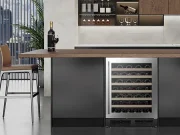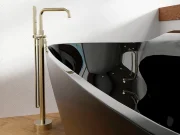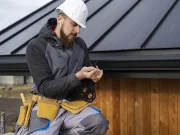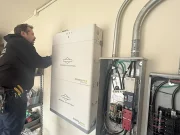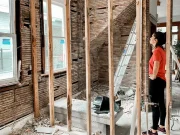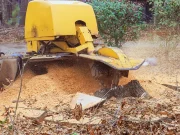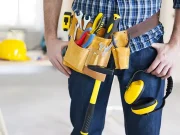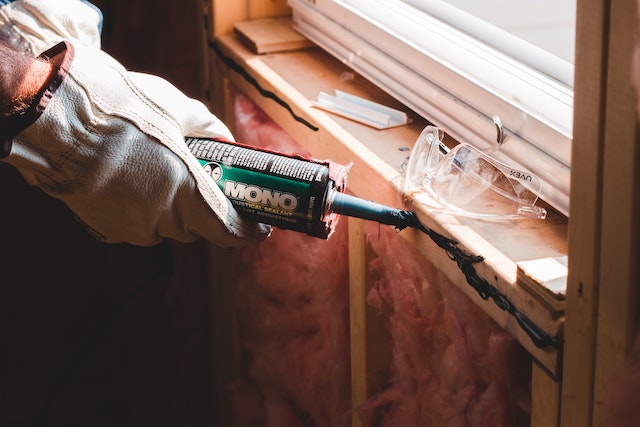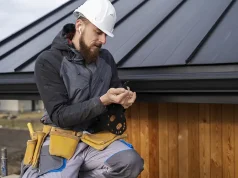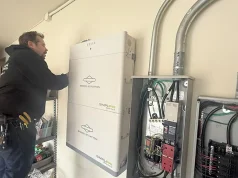How can you possibly improve your home’s energy efficiency? You’ve probably heard a lot about air sealing in recent years, and yes, it works! It’s one of the most important and easiest steps you can take to cut some of your energy consumption while also improving the total air quality of your home. If you’re new to this, read on for tips on how to ace your first air sealing.
#1 House Inspection
One of the most important things to remember when air sealing is that every home is different. There is no one-size-fits-all solution to energy efficiency, so it’s important to tailor your approach to your own home’s needs. With that said, a thorough checkup on your home is the first step to air sealing. This means assessing every area and corner of your space where the cracks and gaps can be found. Take a look around both the inside and outside of your home, and take note of any areas that look like they need attention. You could start to look for leaks around your doors and windows and then move on to the other sides of the house. Once you have a list of all the problem areas, you can start working on sealing them up.
Although having it done yourself is possible, having to contact your local air sealing professionals, like iFoam in Denton, TX, can be of really great help. A poorly done air sealing hinders you from experiencing the overall benefits, so to play safe, have the experts do them for you.
#2 Right Sealant, Right Place
Now that you know where all the cracks and gaps are in your home, it’s time to start thinking about what kind of sealant to use. There are a lot of different options on the market, so it’s important to choose one that is best suited for your needs. If you’re not sure what to choose, ask a professional for advice. They will be able to recommend the best products and materials for your specific situation. In general, though, there are two main types of sealants:
- Caulk – This is a flexible material that can be used both indoors and outdoors, and it comes in different types depending on the surface you’re working with. While latex caulk works best with narrow gaps, spray foam caulk is commonly used for larger holes. You’ll want to choose a caulk that’s specifically designed for the job at hand, so be sure to read the labels before making your purchase.
- Weather-stripping – This is a thin strip of material that’s designed to create a tight seal between two surfaces. It comes in different widths and thicknesses, so choose one that’s appropriate for the size of the gap you’re trying to seal.
#3 Keep it Appealing
Once you’ve selected the right sealant for the job, it’s time to start sealing up those cracks and gaps. But before you start, there’s one more thing to keep in mind: aesthetics. No one wants their home to look like it’s been covered in caulking, so be sure to take the time to seal up those gaps neatly. You could also try the following:
- Installing door sweeps for the gaps on your door. There are numerous designs and colors in the market, so pick the one that complements the style of your door and home.
- Having insulated covers for your fireplace when not in use. This can also serve as additional decor for your house.
Not only will your home be more energy-efficient, but it will also look great.
These are just a few ways to seal up your home and improve its energy efficiency. Air sealing is an important step in making your home more energy-efficient and comfortable—removing all the stuffiness, so be sure to take the time to do it right or consult with the experts for the much-needed help. With these tips, you’ll be well on your way to acing your first air sealing project!



